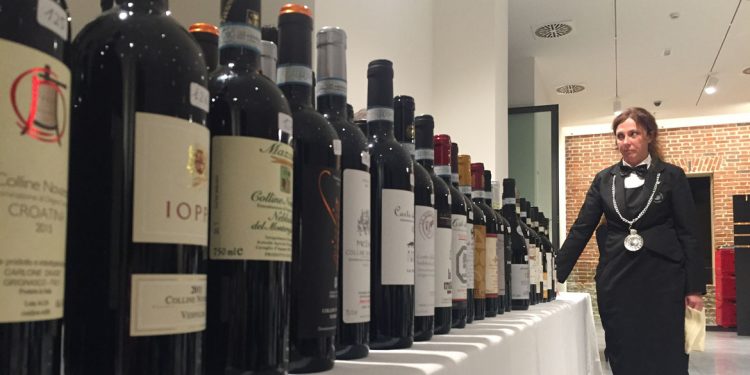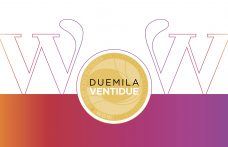
Nebbiolo and beyond. 6 wines from Upper Piedmont not to be missed

Together with the Croatina, Vespolina and Uva Rara grape varieties, Nebbiolo (called Spanna, or Prünent in the Val d’Ossola) prevails in the 10 designations that characterise Upper Piedmont: the DOCGs Gattinara and Ghemme and the DOCs Boca, Bramaterra, Colline Novaresi, Coste della Sesia, Fara, Lessona, Sizzano and Valli Ossolane. Together they represent a vast and diverse territory, including 4 provinces (Biella, Vercelli, Novara and Verbano-Cusio-Ossola) and extremely different terroirs: from Monte Rosa to the rice plains.
The difference between Ghemme and Gattinara
Soil changes even just a few kilometres away. Like in the two municipalities of Ghemme (Novara) and Gattinara (Vercelli), divided by the river Sesia. In Ghemme the soil is fluvioglacial, while in Gattinara the origin is volcanic. Therefore they make very different wines even thought the grape blend is similar: more structured in Ghemme, more delicate and subtle in Gattinara. The Nebbiolo variety helps to emphasise the variety of the territory, because it expresses the terroir of origin a great deal in the different nuances of aroma and taste.
Upper Piedmont: 6 wines to taste
In order to discover “the other Nebbiolo”, a journey through Upper Piedmont is the best choice. In the meantime, taste these six wines.
Cantine Garrone – Prünent, Valli Ossolane Nebbiolo Superiore DOC 2013
Old vineyards. Fermentation in steel, 12 months in wooden barrels and 6 months in the bottle. The unmistakable aroma of wild strawberries, with great style and scent, makes the taste light, but full and fresh, lingering and easy to drink. In a nutshell: the traditional Nebbiolo of Ossola
Castaldi Francesca – Fara DOC 2012
Fermentation in steel and ageing in 20-hl oak barrels for 18 months. Aromas of violets, roses, fruits of the forest and almonds, on the palate it is full and spicy. Still young. In a nutshell: the wine of the rice fields, or nearly
La Palazzina – Bramaterra Riserva DOC 2008
Fermentation with maceration and daily pumping over, spontaneous malolactic fermentation in wood, ageing in 35-hl Slavonian oak barrels for 48 months. Very complex, with notes of flowers, fruits of the forest, liquorice, ash and minerals; on the palate the freshness, tannicity and sapidity prevail. In a nutshell: the minerality of Upper Piedmont
La Prevostura – Lessona DOC 2013
Fermentation in steel with maceration for 34 days and malolactic in wood, it ages for 20 months in small and large barrels and 9 months in bottle. Fruit, flowers and spices blend in the glass to create great harmony. It is a complex and balanced wine, very young but promising. In a nutshell: elegant and age-worthy
Paride Iaretti – Pietro, Gattinara DOCG 2012
From 50-year-old vineyards. Fermentation in steel with delestage and manual punching down, malolactic fermentation is done naturally in steel. Very scented: roses, violets, spices and dried fruit, the tannins are smooth on the palate, but it remains austere, good ageing potential. In a nutshell: it holds up the name of Gattinara
Rovellotti – Chioso dei Pomi, Ghemme DOCG 2009
It ages in large Jura oak barrels for 40 months, followed by 12 months in steel, then in bottle. Aromas of raspberries and cherries, then come the violets, followed by tobacco and liquorice and balsamic notes. The tannins are there, but very well integrated, it is fresh, sapid and lingering. In a nutshell: a fanciful and classy wine
See also ...



Alto Adige meets Alsace at the home of Gewürztraminer
Gewürztraminer in Alto Adige and Alsace: a focus on the differences in terroir, Read more

